This year's National Congress of Radiology and Medical Imaging in Craiova, supported by Siemens Healthineers, provided participants with the opportunity to learn about the latest technical developments in the sector and how these can be applied in the field of radiology. Among the attendees, Mihai Drăgoi, Digital Business Manager at Siemens Healthineers, shared an industry insider perspective on how new solutions help professionals and patients alike and why the country is seeing a favorable context with regards to digitalization in healthcare.
The impact of digital solutions in healthcare can be wide-ranging, from providing patients with a diagnosis in a shorter time to helping medical professionals get a more accurate view of various pathologies. But there is no one-size-fits-all solution, and solutions need to be built around the needs of the patient and of the doctors, according to Mihai Drăgoi, Digital Business Manager at Siemens Healthineers.
Meanwhile, on the local market, the National Digitalization Strategy in Healthcare announced by the Health Ministry foresees EUR 400 million for digitalization through the Resilience Plan (PNNR). The authorities plan to digitalize at least 200 hospitals, develop a national telemedicine system, and align the local digital healthcare system to the standards of the European Commission, among others.
What are some of the novelties and solutions you brought to the congress?
Mihai Drăgoi: All of the solutions we are doing here are with the help of the patient in mind and designed to be a real support, aiding the patients and the doctors.
And all of the solution portfolio represented here is successfully working to deliver a proper diagnosis for the patients in the shortest time possible. We are talking either about acquisitions of images, like computed tomography – for instance, NAEOTOM Alpha - or we are talking about AI solutions that bring data and algorithms like machine learning for the benefit of the patients in order to grasp as much data as possible, help the clinicians see the overall picture, and inspect and bring more clarity towards the pathologies and the maladies present in Romania.
At the European level and also Central Eastern European level, the most prevalent diseases are currently cardiovascular and oncological ones. This data is backed up by the World Health Organization. And, of course, all of these solutions work together to help the patients get the fastest possible and accurate diagnosis. They also help clinicians move further with accurate diagnosis because it is all about what you do further and how to kick-start the proper treatment in order to eradicate the disease.
What do these solutions mean for the workload of healthcare professionals? How do they impact it?
Mihai Drăgoi: I would start from the point that currently, worldwide, according to the World Health Organization, there is a gap of 16 million jobs. I'm not talking only about doctors but rather the whole ecosystem in healthcare. You can imagine that this gap leads to immense, tremendous pressure on the existing resources - like doctors who will have to cope and work with a huge amount of data for each particular patient to treat this patient and deliver a diagnosis. Therefore, the time that is allocated per patient decreases dramatically.
What do our solutions and what does digitalization do in a nutshell? They basically have the capacity of interpreting and feeding over 100 million examinations from different pathologies and actively learning about the pathologies.
For an experienced doctor to have all this knowledge coming from 100 million examinations would mean that they will have to spend only 10 seconds per examination, and the total time for accomplishing all these tasks would be 106 years. This is something that is impossible. That is how our solutions leverage and come as a real aid in this ecosystem.
When looking at the local market, what are some of the challenges and opportunities in implementing these digital and AI-based solutions?
Mihai Drăgoi: These projects are really, really specific, and we have to really dive deep into the problem and the root causes in order to understand the needs of the system and the needs of the patient, and actually build around it. It is not a magic wand where you do a single deployment and it works for all. There is no one solution that meets all needs, but rather there is a different approach and a change in the paradigm. Therefore, you will have to build an ecosystem starting with the needs of the patient, the needs of the doctors, build around them and then scale them up in order to cover as much as possible. This is how it works.
Now, Romania, I would say that it is in a very favorable context. Economic developments have been recently on the table. There is lots of money coming in for digitalization purposes. We are talking EUR 400 million for digital healthcare. On top of that, the mindset and the level of proficiency of the healthcare professionals in Romania is very advanced and they are very much looking forward and embracing these sorts of technology and capabilities for the sake of the patient. When all these combine, I would say that it's a very good and very fortunate event for the digital development of healthcare in Romania.
How are you covering the local market at this point and what do you plan regarding your solutions?
Mihai Drăgoi: Basically, we try to team up with the doctors and develop and co-create the solutions with them for the well-being of the patients and also make the resources as efficient as possible. In this regard, for sure, we are proactive in the market. We elaborate different sessions and different symposiums where we bring together the medical professionals in Romania in order to emphasize various cases so they have the chance to work and see in real life, hands-on, how our solutions work.
Such concrete events are happening with our strategic partners like Ovidius Clinical Hospital (OCH), where we regularly develop these workshops where doctors get to familiarize themselves with the latest technology and can bring very present topics into the discussions. It is this sort of partnership and actually listening to both sides in order to get as much as possible from it.
*This Healthcare Trends article is supported by Siemens Healthineers.


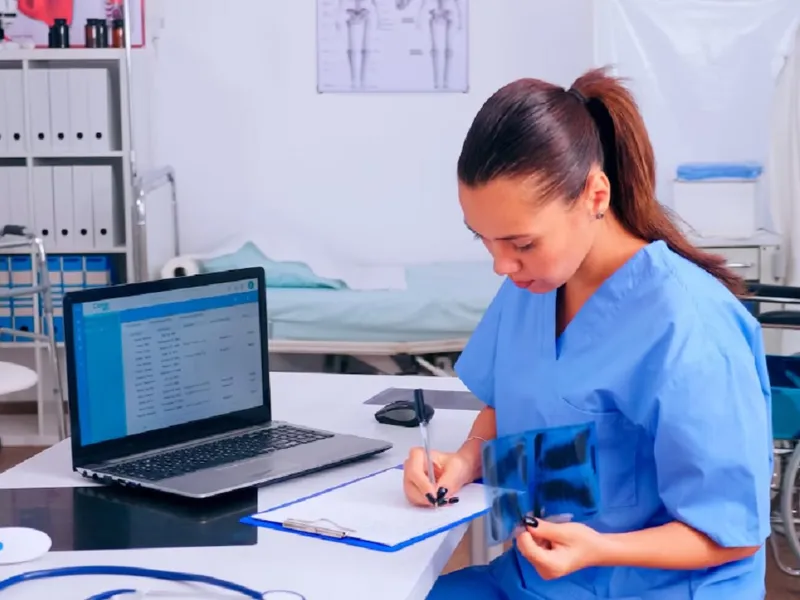










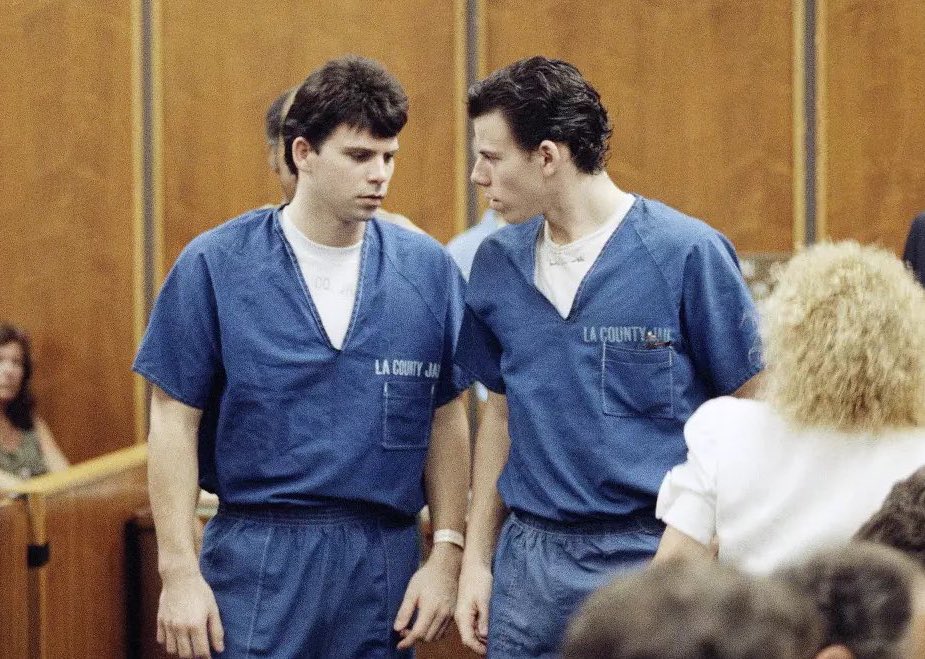

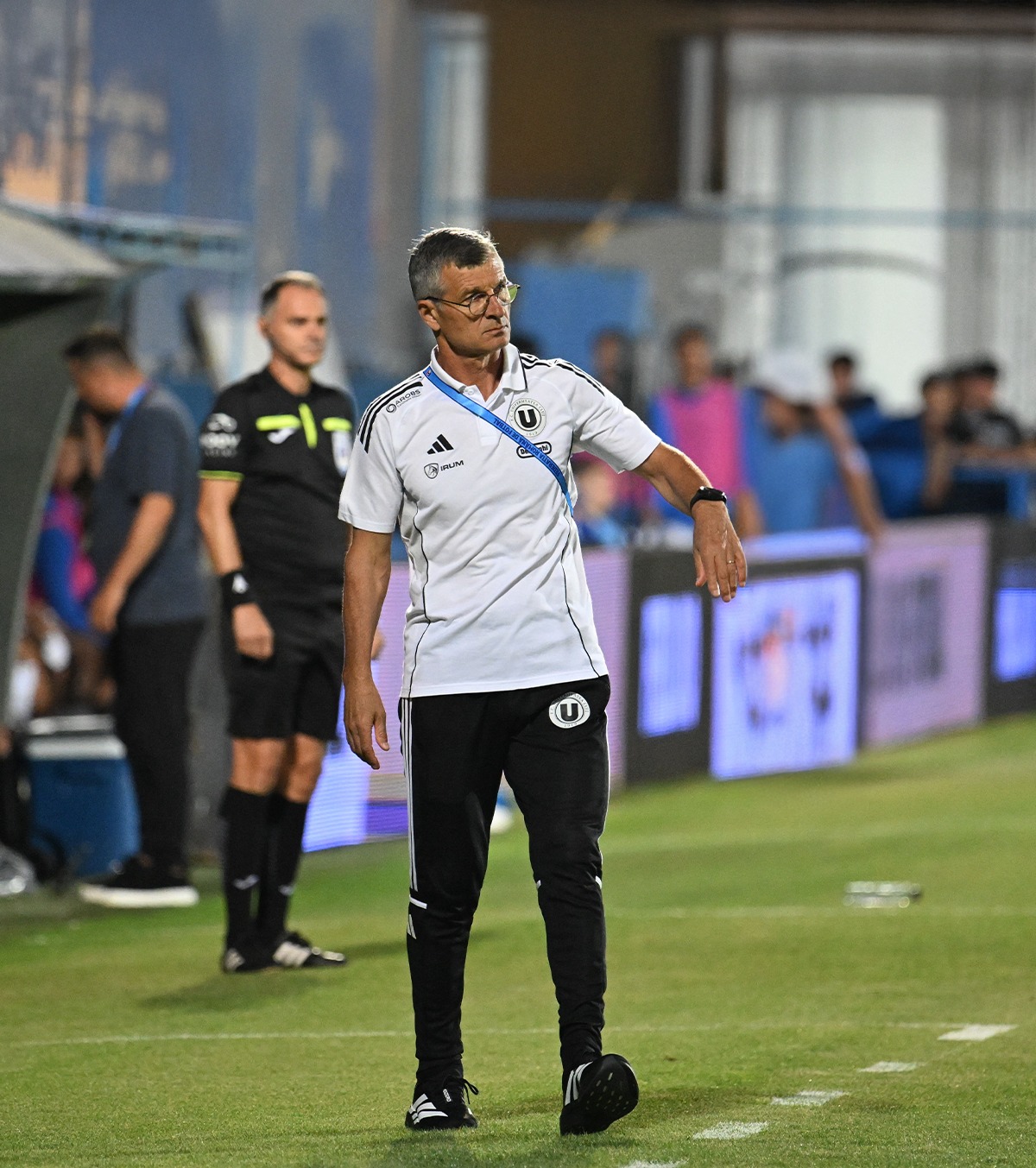

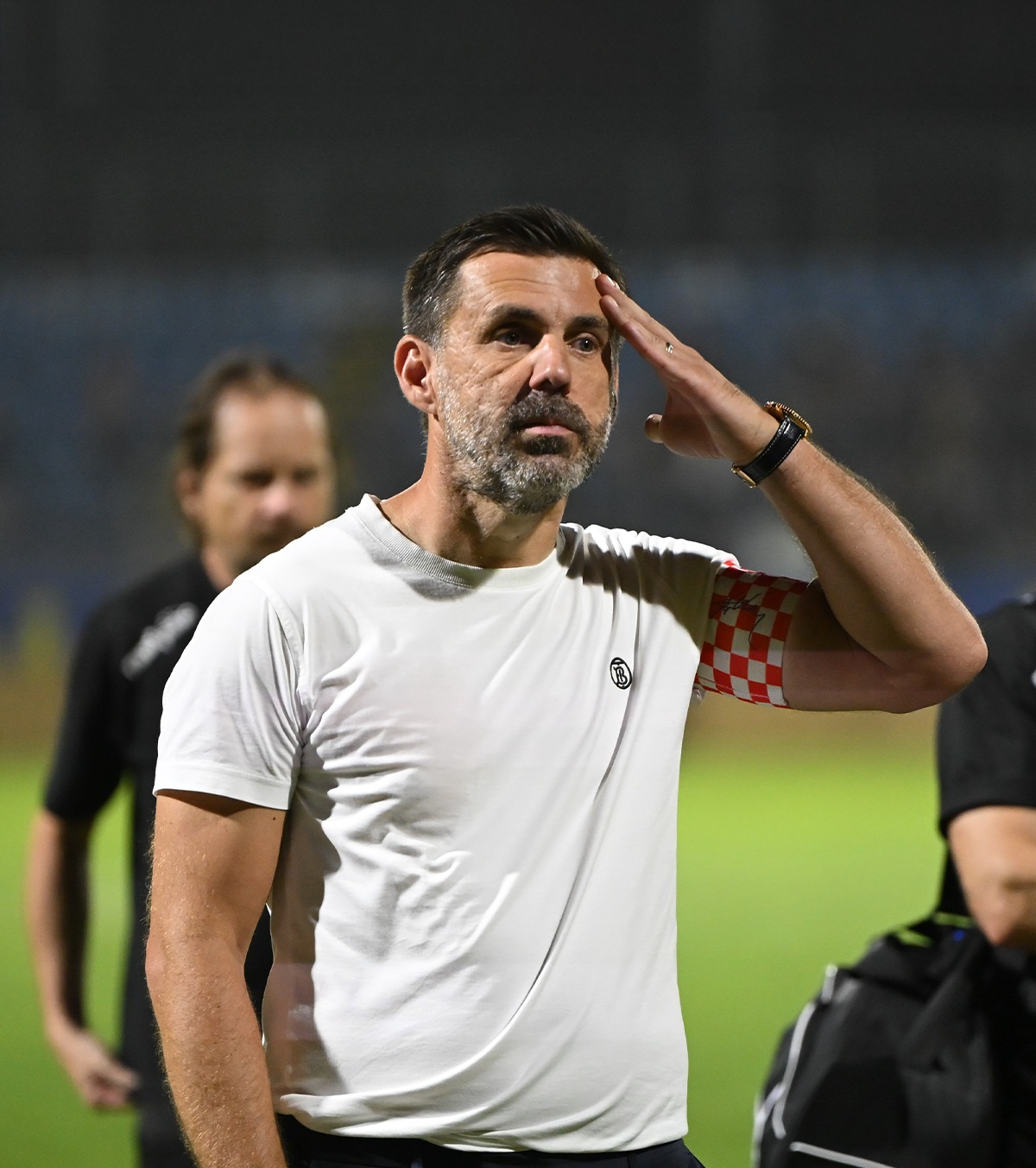
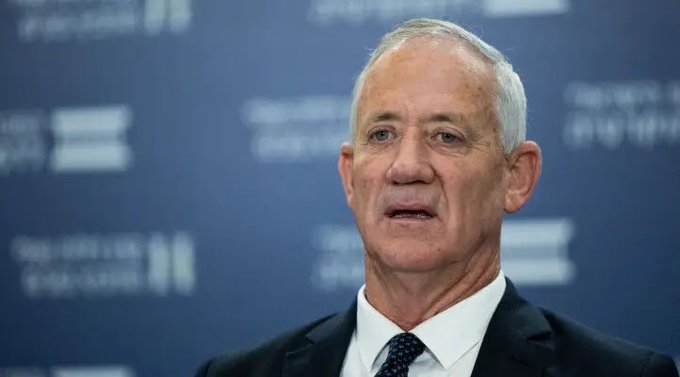





 English (US) ·
English (US) ·  Romanian (RO) ·
Romanian (RO) ·